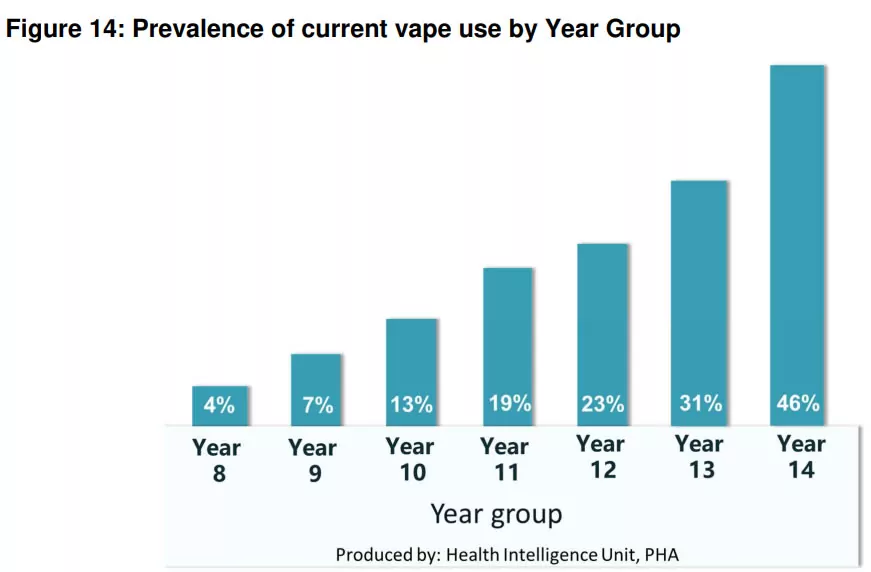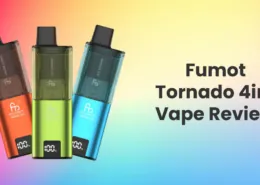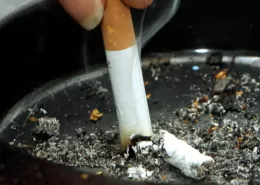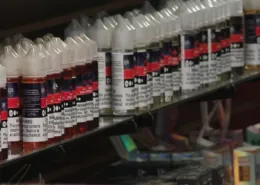PHA Survey Reveals Over 40% Youth Vaping in Northern Ireland
Report details high e-cigarette use among 17-18 year olds in Northern Ireland as June 1st single-use vape ban approaches; industry implications discussed.
A new Public Health Agency (PHA) study in Northern Ireland has revealed significant e-cigarette usage among young people, with over 40% of 17 and 18-year-olds (Year 14 pupils) currently vaping. These findings emerge just weeks before a ban on the sale and supply of single-use vapes is implemented in Northern Ireland on June 1st, aligning with similar measures across the UK. The data provides critical insights for the vaping industry regarding youth product engagement and the potential market shifts following the upcoming regulatory changes.
The PHA’s ‘Behavioural insights into youth vaping in Northern Ireland‘ report, which surveyed over 7,500 individuals aged 11-18 across 91 post-primary schools, found that 46% of the eldest school cohort (17-18 years) are current vapers. This group was ten times more likely to vape than Year 8 pupils (11-12 years), where 4% reported current use. Overall, 15% of the young people surveyed are currently vaping.

Key Findings and Industry Considerations:
Several findings from the report are particularly pertinent for the vaping industry:
- High Penetration Among Older Teens: The substantial usage rates in the 17-18 age group highlight a specific demographic engaging with vaping products, predominantly disposables, which will soon be restricted.
- Never-Smokers Predominate Youth Vapers: A significant 76% of young e-cigarette users reported having never smoked cigarettes before trying vapes. This statistic is central to public health concerns regarding vaping as a potential initiation into nicotine use for non-smokers.
- Subsequent Cigarette Experimentation: The report indicates that 33% of those who had never smoked before vaping have since tried cigarettes. This “gateway” narrative continues to be a major challenge for the industry’s public image and regulatory standing.
- Motivations for Uptake: Key drivers for youth vaping were cited as peer influence (“Because most other people are doing it” – 57%), perceived popularity, and the desire to “look cool,” alongside curiosity. These social factors underscore the challenges in preventing underage access and appeal.
- Reported Side Effects: Notably, 40% of young vapers reported experiencing side effects, including dizziness, breathlessness, coughing, and reduced fitness levels. This data point may fuel further scrutiny on product safety and long-term health impacts for younger users.
- Low Youth Smoking Rates: In contrast to vaping, cigarette smoking rates were considerably lower, with 9% ever trying a cigarette and 5% being current smokers. While this highlights a shift away from traditional tobacco, the high vaping rates among youth remain a primary concern for health authorities.
The upcoming ban on single-use vapes, announced by DAERA Minister Andrew Muir, is a direct response to concerns surrounding youth uptake and environmental impact. The PHA’s findings will likely reinforce the government’s stance and could inform future regulatory considerations for other vaping product categories.
Colette Rodgers from the PHA emphasized the “long-term health effects” and the agency’s commitment to raising awareness to steer young people away from these products. For the vaping industry, these survey results, coupled with the imminent disposables ban, signal a critical period of adaptation, increased scrutiny, and a heightened need for robust age verification processes and responsible marketing practices to prevent youth access.
- Read more: PHA publishes youth vaping research
- Bestselling Vapes in UK After Disposable Ban: What to Stock 2025 - August 8, 2025
- Argentina Debates Stricter Vape Laws Amid Prohibition Failures - August 8, 2025
- Nigeria Advocacy Group Urged to Hike Tobacco & Vape Tax by 100% - August 8, 2025









